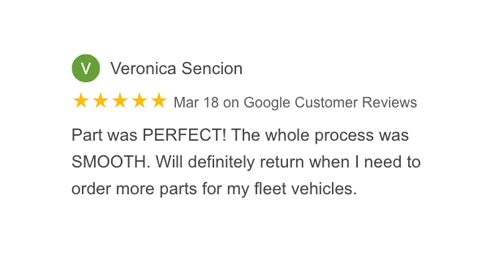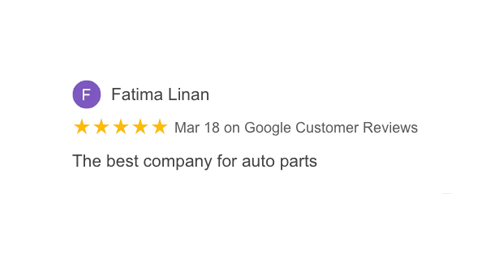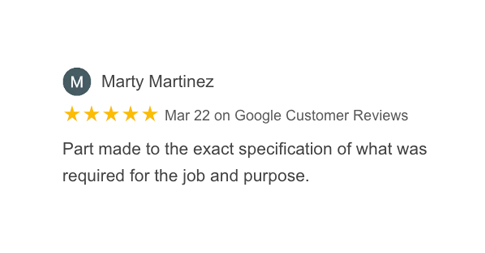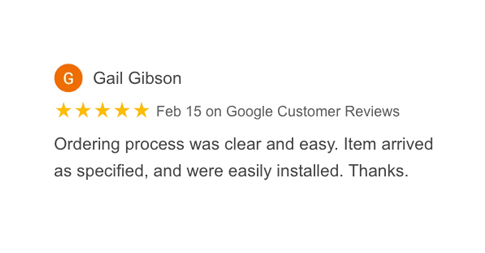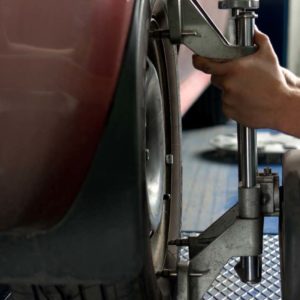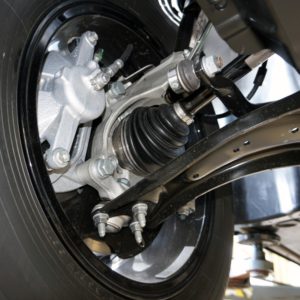What is a control arm? A control arm is a suspension component that guides a vehicle’s front wheel assembly, allowing it to move up and down with road imperfections. It also gives the wheel assembly a pivot point so the wheels can turn the vehicle left or right.
Control Arm Design
There are two types of control arms, with both designs resembling wishbones.
There’s the MacPherson strut suspension, which only has a single pivot control arm. Many modern vehicles use this design because of its simpler design, stability, handling characteristics, and cost-effectiveness.
In this system, only one control arm guides the wheel’s up-and-down movement. Meanwhile, the single strut transfers the vehicle weight onto the wheel assembly.
Older vehicles usually have a double wishbone suspension system, which utilizes two control arms to guide the wheel assembly to the strut.
Each control arm is connected to the vehicle’s chassis with two control arm bushings, with one bushing on each end of the wishbone. These bushings work like pivot points, allowing the control arms to move up and down.
What’s the Difference Between Upper and Lower Control Arms?
Upper control arms connect the upper wheel assembly to the higher part of the vehicle’s chassis. Meanwhile, the lower control arm sits lower, connecting the lower part of the wheel assembly to a lower part of the chassis.
The upper control arms provide stability and can offer adjustability when it comes to wheel camber. Meanwhile, the lower control arms are mainly responsible for the wheel assembly’s vertical movement.
The lower control arms also have a spring socket, which is the place where the spring and strut rest. When the vehicle hits a bump, the lower control arm pushes the spring and strut upward into the chassis, compressing the spring.
Vehicles with a MacPherson strut design only have a lower control arm because it forgoes the use of a second control arm.
What Are Adjustable Control Arms?
Adjustable control arms allow vehicle owners to change their tires’ camber, caster, and toe settings. Adjusting these variables can affect driving characteristics, making a vehicle corner in specific situations.
Adjustable control arms are needed if you intend to lower your vehicle with a lift kit so that the control arms can correct the positive or negative camber that comes with the kit.
Control Arm Materials
Vehicle control arms can be made from stamped steel, cast iron, or cast aluminum. Each material has its pros and cons.
Stamped Steel
Stamped steel is the most affordable because it can be mass-produced easily. Like any stamped steel part, it’s made with steel sheets that are stamped with a metal dye.
Steel’s main drawback is that it can rust easily. This characteristic coupled with the fact that suspension components are constantly exposed to moisture and the elements can make it especially prone to rust.
Cast Iron
Cast-iron control arms are popular for trucks and SUVs because they’re robust and can withstand harsh environments better than their stamped steel counterpart.
Cast Aluminum
Cast aluminum control arms are both strong, corrosion-resistant, and lightweight, which makes them perfect for high-performance applications where weight matters.
However, this material’s drawback is that it isn’t as strong and stiff as steel or iron, which makes it prone to bending or cracking if your vehicle crashes or drives over a pothole. Excessive force can bend control arms, which can affect the vehicle’s alignment.
When Do Control Arms Need Replacement?
Control arms don’t need to be replaced in a specific interval. Instead, control arm inspections are part of a vehicle’s maintenance calendar.
Control arms should be checked every 30,000 to 50,000 miles and this number can vary depending on the make, model, and year of your vehicle. Consult your owner’s manual or talk to your mechanic for specific details on maintenance intervals.
Factors Affecting Your Control Arm’s Lifespan
Control arms typically need to be replaced when the part deforms or develops dents or cracks.
The bushing connecting the control arm to the chassis can wear out. The ball joint, which is the component connecting the control arm to the wheel assembly, can also wear out. When these two connecting components fail, the control arm can become more prone to damage.
Your vehicle type, common road conditions, and how you use your vehicle are the main factors to consider concerning control arm wear and tear. If you frequently drive over bumpy pot-hole-ridden roads, then your control arms will wear out faster. This is also the case if you frequently carry heavy loads.
If you think you need to replace your vehicle’s control arms, you shouldn’t put it off because it can affect your ability to steer the vehicle. Luckily, you can replace control arms yourself.
Control arms might seem like an inaccessible component under your vehicle that’s difficult to replace, but it’s quite doable with the right tools. That said, you should seek out a reputable mechanic if you think you’re not confident in your DIY skills.
Any information provided on this Website is for informational purposes only and is not intended to replace consultation with a professional mechanic. The accuracy and timeliness of the information may change from the time of publication.


